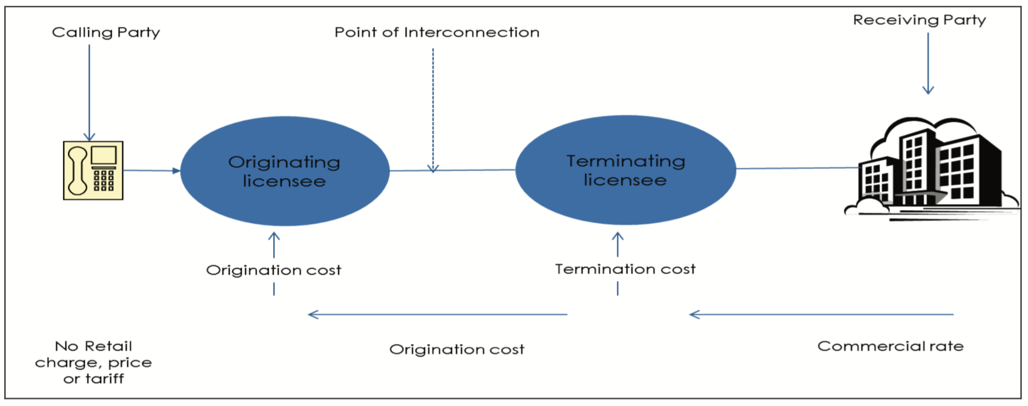As enterprises move their applications into the cloud and enable their mobile workforce to consume cloud applications, they need a network that is responsive to this migration. Greg de Chasteauneuf, chief technology officer at Saicom takes a look at software-defined wide area networking (SD-WAN) and the risks businesses face from not making a timeous switch.
The benefits of SD-WAN are convincing. It allows organisations to regain control of their wide area network and internet connectivity; deploy and configure or re-deploy a site within minutes and obtain insight into the network as to which users and applications are consuming resources and to prioritise, block or throttle traffic.
In fact, Gartner believes that by the end of 2019, 30% of enterprises will use SD-WAN products in all their branches, up from less than 1% today.
According to de Chasteauneuf, businesses risk missing out on the opportunity to capitalise on cheaper bandwidth and to future proof their networks if they don’t make the switch to SD-WAN.
“The risk to businesses is that they won’t be able to take advantage and quickly adopt the downward trend of low-priced internet connections,” he says.
From a legislative perspective, there is a compliance risk around the Financial Intelligence Centre Act (FICA) and the Protection of Personal Information Act (POPI) if data encryption is not Payment Card Industry 3 (PCI) compliant.
SD-WAN offers instant value to an IT administrator, whereas the chief financial officer is looking for an immediate saving. An initial capital and operational expenditure is required on a network.
“SD-WAN doesn’t offer a substantial saving upfront, but it does allow a business to grow into additional available bandwidth and flexibility on its network over time and it will see a return on its investment within a three year period,” he adds.
The local norm in terms of wide area networking is MPLS WAN with a number of firewall vendors in the mix, but they are application not connectivity aware, which means they’re unable to change their policies dynamically as the network conditions change, on a minute-by-minute and hour-by-hour basis.
SD-WAN requires an investment, but the reality is that enterprises are moving their workflow, accounting, sales and human resources applications into the cloud and these tools are less centralised. The ability to provide business priority on the application links in the MPLS network becomes impossible, because MPLS by its very nature is very static.
“SD-WAN empowers IT administrators to prioritise these applications very quickly and on the fly, and as network conditions change, so too will the policies. This is certainly not the case with MPLS, which over time will no longer be able to facilitate cloud migration,” de Chasteauneuf says.
SD-WAN is well suited to a multi-branch environment and especially the retail space, where stores are often quick to open, close and relocate. “A simple Edge device with everything in one box will have a site rapidly up and running and completely compliant, and when it is time to move, the box can simply be picked up and plugged into one or many broadband links,” he adds.
Companies are looking at three to five years to completely exit an MPLS network contract, so a hybrid model of MPLS and SD-WAN is advisable. “Such a model offloads traffic onto the SD-WAN network and over time lets the MPLS network fizzle out as contracts expire,” he says. The deployment to SD-WAN with a greenfield network that doesn’t have an MPLS network is less costly and provides an immediate return on its investment.
Access to reliable high capacity internet is a key enabler for business and SD-WAN allows organisations to not only prioritise traffic, but also does so by utilising cheaper broadband internet links.
SD-WAN aids optimised performance to cloud and centralised enterprise services. “Making the switch to SD-WAN is about future-proofing a business’s network to ready it for when inexpensive off-the-shelf bandwidth becomes available and to start using it within a few weeks instead of months,” he concludes.
Post written by Greg de Chasteauneuf
Chief Technology Officer (CTO) Saicom Voice Services










